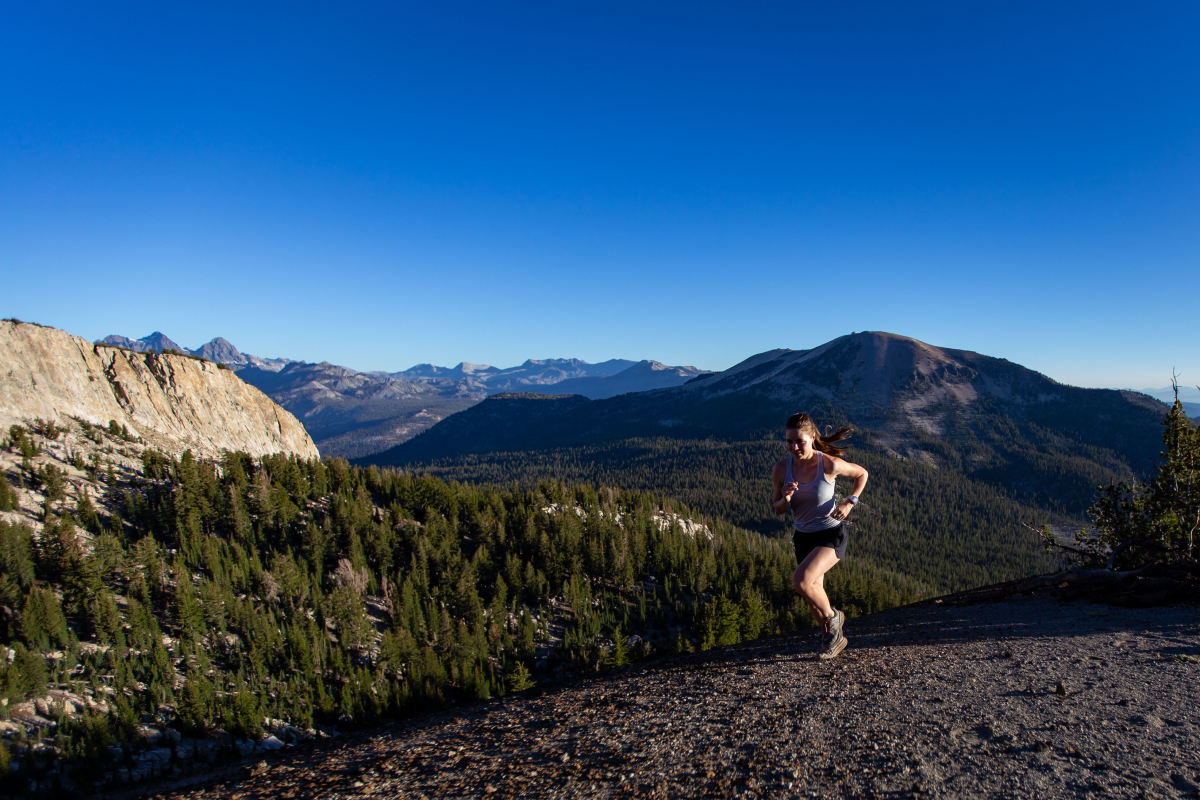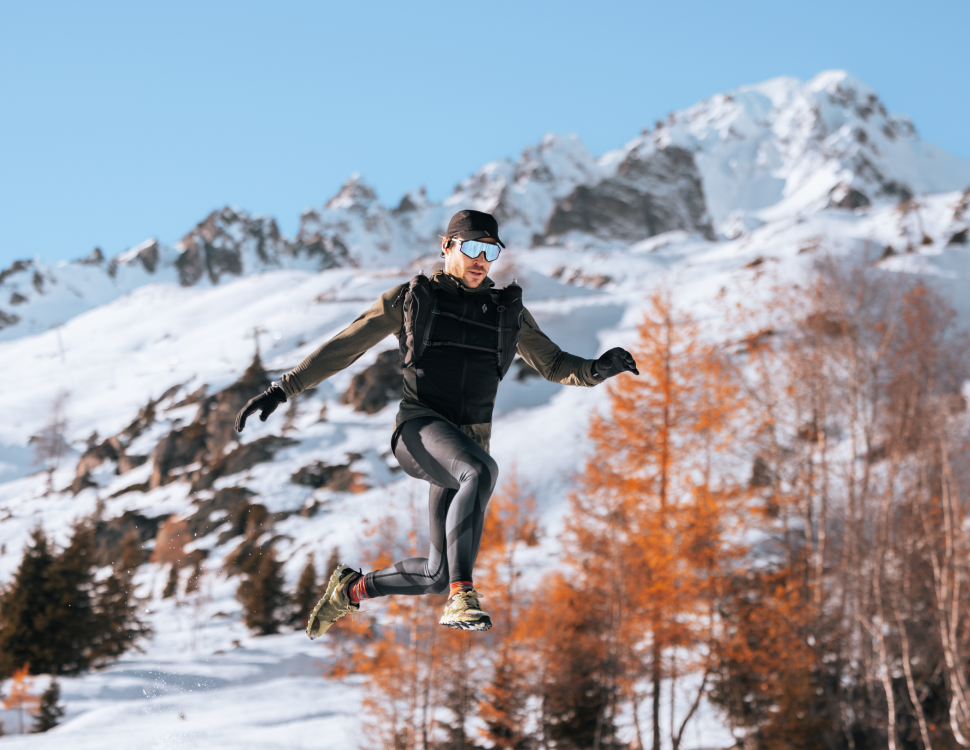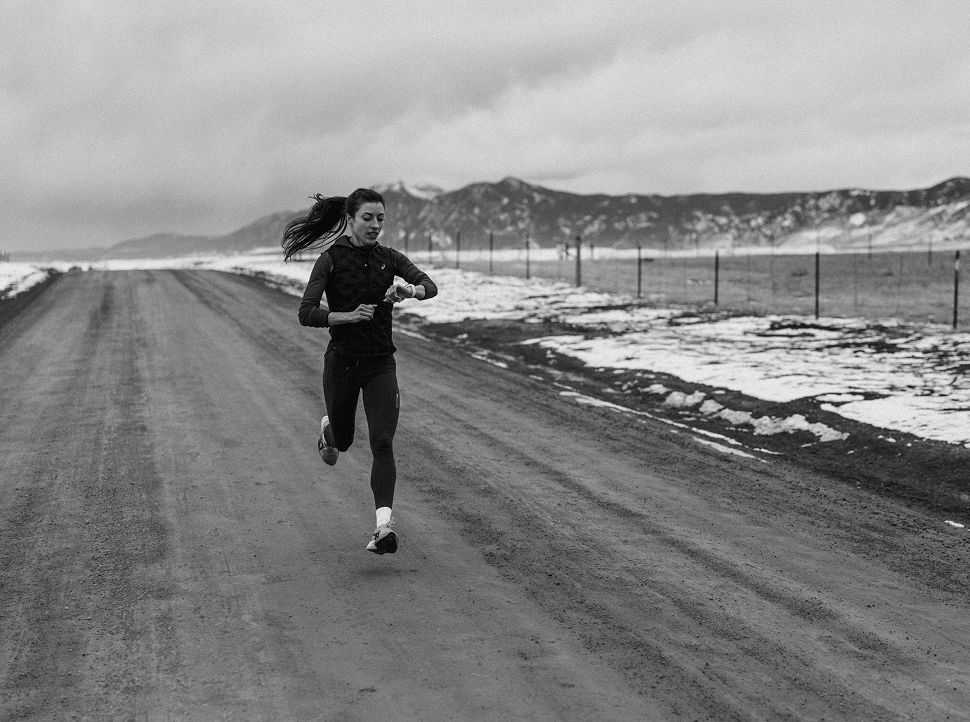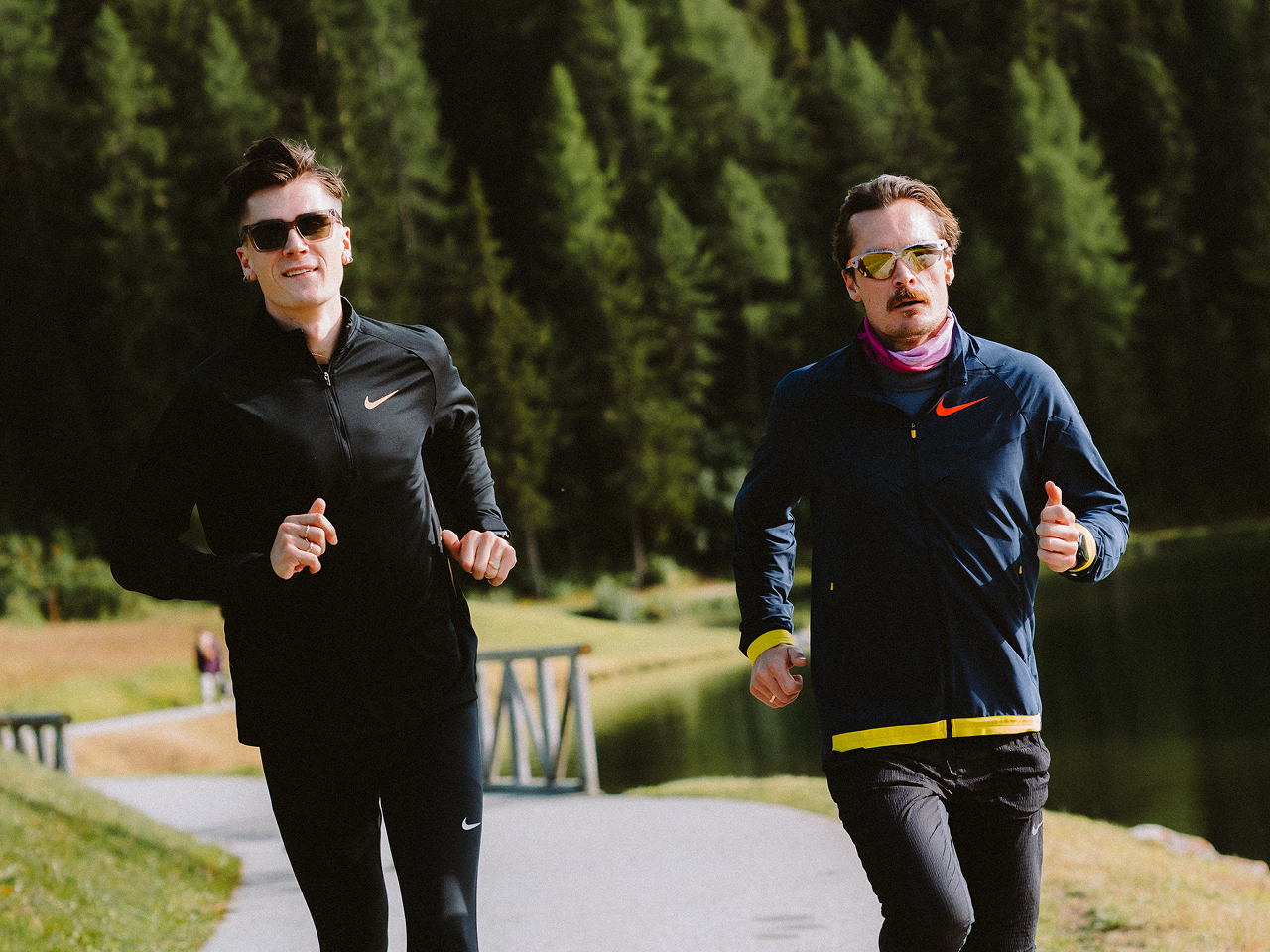As part of our COROS Coaches service, we have received questions about improving downhill running during trail runs. Below, you will find our coaches' insight on this topic and a workout to download to your watch.
The Workout
6x2 minutes uphill with downhill recovery. Download the workout to your watch here.

To stay safe and avoid injuries, it's crucial to maintain proper form, stay alert to obstacles, and adjust your speed as needed.
- Uphill focuses on Threshold effort. To learn more about uphill running, read our previous blog.
- Downhill focuses on Aerobic Endurance effort. The goal of the downhill is to focus on proper form and technique while gaining confidence and learning to be more efficient.
Training Tips
Proper technique and training are essential to ensure you can navigate downhill sections safely and efficiently as a trail runner. Here are some tips to help you train for downhill trail running:
- Maintain Good Posture: Keep an upright posture with a slight forward lean at your hips. Avoid leaning back, as this can lead to losing balance and control.
- Engage Your Core: Keep your core muscles engaged to stabilize your torso. This helps you maintain control and balance as you descend. Here's a great workout to strengthen your core.
- Choose Your Line: Scan the trail ahead and choose the best line. It is best to keep your eyes out in front and not down at your feet.
- Shorten Your Stride: Take shorter, quicker steps to maintain balance and control speed. Long strides can lead to overstriding, which increases the risk of tripping or falling.
- Practice Controlled Speed: Avoid excessive speed on steep descents. Focus on maintaining and becoming a more effective downhill runner.
Coaching Insights
- Incorporating a strength routine into your training regimen can significantly benefit your downhill trail running performance. Target the core, hips, and stabilizing muscles to improve your balance and stability.
- Enhancing your downhill running skills offers a means to boost your performance that doesn't rely solely on improvements in your cardiovascular fitness.
- If training for an event, practice on terrain similar to what you will be racing on.
- Consider using trail running shoes with good traction, as they provide better grip on varied terrain.
- Running downhill leads to a lot of muscular damage. It is not necessary to always go fast downhill to get better.
Remember that downhill running skills take time to develop. Safety should always be your top priority, so exercise caution and good judgment when descending steep or technical sections. If you have questions about hill training, email us at coach@coros.com, and we’ll be happy to share insights!


/filters:quality(90)/fit-in/970x750/coros-web-faq/upload/images/eafb44766b2cb92a1753c05010444f71.png)





